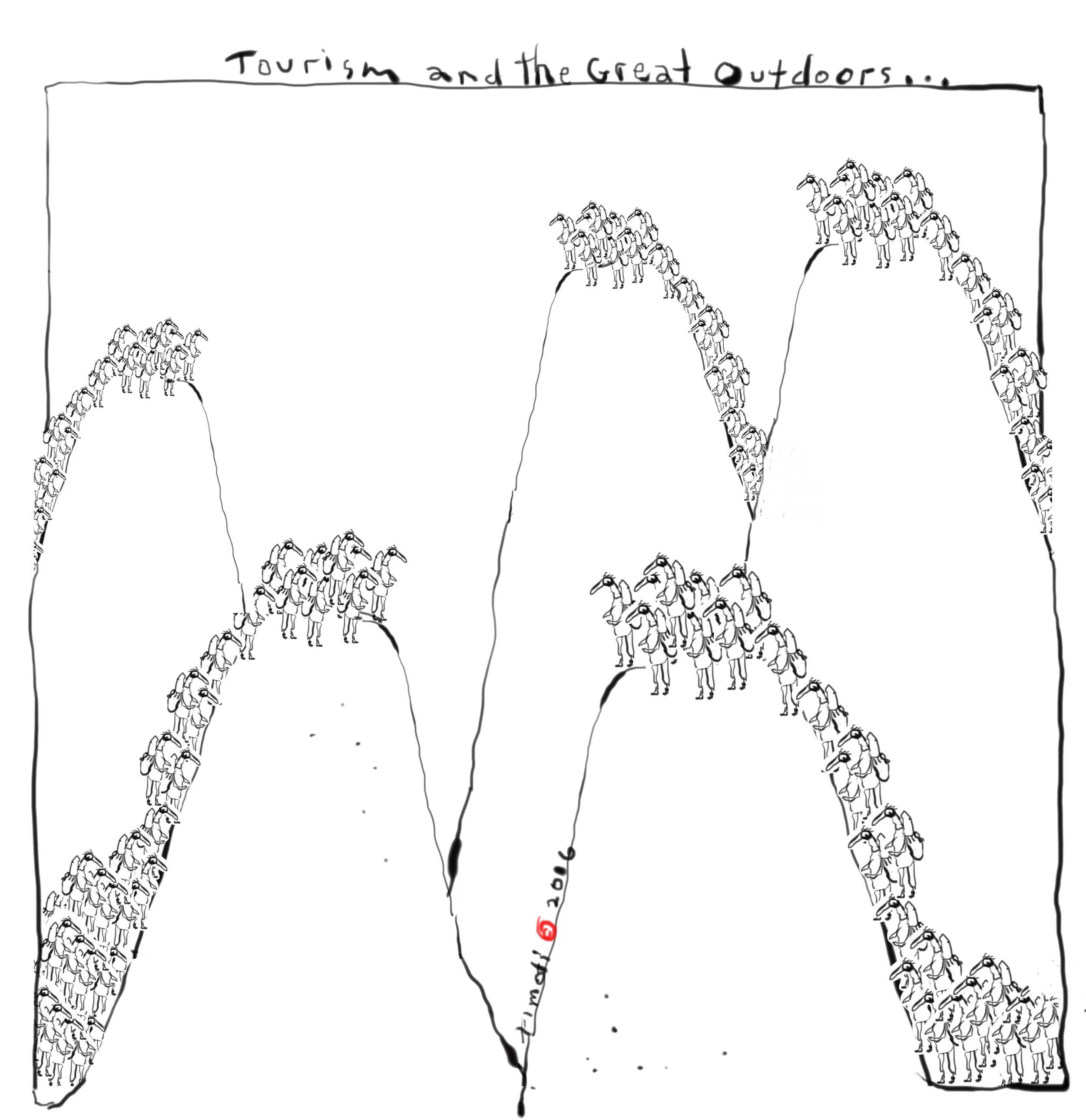
Pānui and Articles
CAN WE RECONCILE THE PERCEIVED BENEFITS THAT TOURISM BRINGS
CAN WE RECONCILE THE PERCEIVED BENEFITS THAT TOURISM BRINGS TO NEW ZEALAND WITH THE CRITICAL ROLE LANDSCAPE PLAYS IN OUR NATIONAL IDENTITY AND COLLECTIVE FUTURE?
SEACHANGE - TAI TIMU, TAI PARI SPACE FOR MĀORI IN PLANNING FOR NEW ZEALAND’S HAURAKI GULF
The Hauraki Gulf, known to Māori (New Zealand’s indigenous people) as Tīkapa Moana \ Te Moananui a Toi, has endured decades of pressure from land-use management, extractive industries and the country’s largest metropolitan centre. These have severely diminished the ecological health of Tīkapa Moana \ Te Moananui a Toi. To help mitigate the decline in ecological health a comprehensive spatial planning exercise has been carried out.
COAST. COUNTRY. NEIGHBOURHOOD. CITY.
How frequently do we visit new places, cities and regions, to find that we have discovered and explored more interesting and ‘unknown’ places than long-term residents?
TIME TO CHANGE OLD IMAGES
Futuristic images of cities mostly include high rise building, large infrastructure, flying objects and seldom people. These images which unfortunately influence cities development are abstract utopian images of cities in the 70s. Surprisingly, cities where our young generations like to work and live do not bear any similarities with these images.
LARGE PARKS AND BIG CITIES
Any great city has memorable parks providing them with identity and structure, and establishing equilibrium with its built areas, enabling places for gathering, entertainment, recreation and relaxation.
‘ENSURING THE CONTAINER IS STRONG’ – REGENERATING URBAN MAURI THROUGH WĀNANGA
More than three hundred years ago, tupuna of the Taranaki iwi of Aotearoa New Zealand carved marks to put mauri, an intangible spiritual essence, into free-standing stones or living rock. Lines drawn between these taonga created an eco-philosophical container, acknowledging tribal responsibility and authority, or mana whenua, for the area bounded within.
PAPER: DRAWING AS A FUNDAMENTAL TOOL FOR THINKING IN LANDSCAPE ARCHITECTURE
This paper considers the role of drawing and representation as a tool for capturing the more ephemeral aspects of the landscape. These aspects include ideas about change, chance and transformation.
TOWARDS LANDSCAPE AOTEAROA
Landscape Architects are concerned with change. Not with its initiation but as moderators, facilitators and directors. This is true whether working on broad-scale planning or site specific design. The intent is always the same. To try and ensure that the right changes occur in the right place by the right means.








